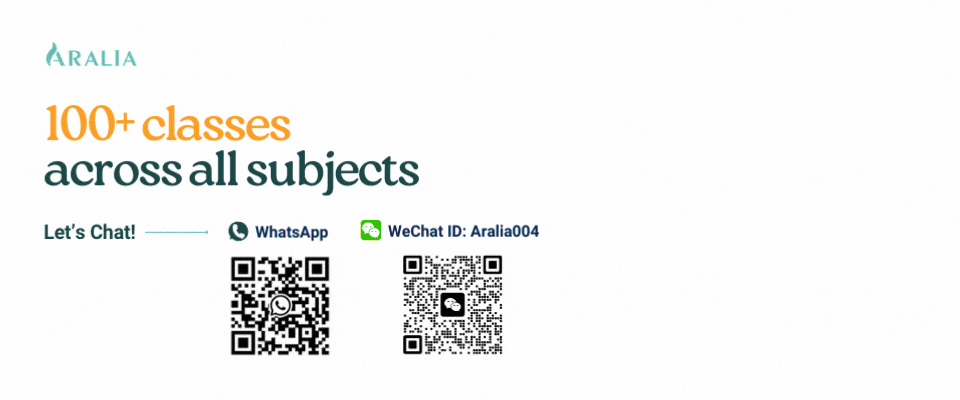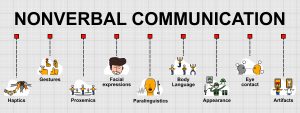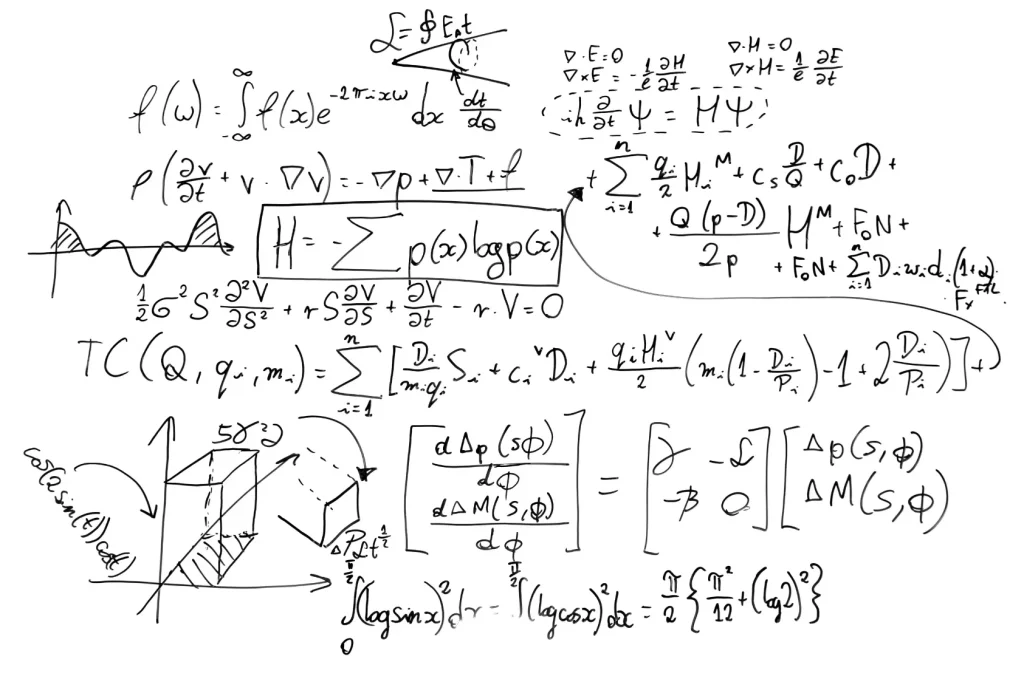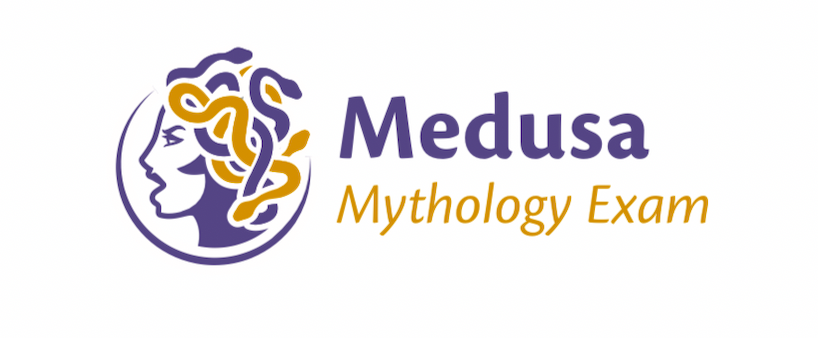Students who want to improve on their public speaking and debate skills, and/or are planning to attend a debate competition
High school students
One-on-one and small group (Max. 7 students/class)
Class Introduction
The best way to learn to speak is to speak. There is much we can learn from listening to the speeches of others, so putting these lessons into action is the essential step. This class, with only 4-8 students, is appropriately balanced so that students will be offered the opportunity to speak often and to listen to others speak only as much as is optimal. In the 10 classes, we will rotate between learning how different types of speeches should be structured and classes where the students will present to the rest of the class and then receive critique from their peer audience and the teacher. In a large class, one must listen to many speeches before it is time to speak again. With our small class size, students will each write and give a speech at least once every two weeks. They will also be coached on participating in the discussion by critiquing their peers.
The teacher reserves the right to adjust in response to the needs and abilities of the students in the class. Since this is a very participatory class and the number of students is low, the teacher will give each student time and personalized help.
Outcome
This class is designed to enrich students who currently study or plan to study in U.S. secondary schools or colleges. Class discussion and oral presentations are emphasized in American classrooms. Most school grading systems include “class participation” as a significant calculation in final grades. The ability to join the discussion by stating an opinion about the topic is essential. The student must then provide evidence to support this opinion. American students have been trained in this technique since the early grades.
TOEFL and SSAT or SAT testing often rely on the students’ ability to hear and speak English in conversational modes. A secondary benefit of studying Public Speaking and Debate is that standardized test scores will improve as students become comfortable with listening, analyzing, critiquing peers, and organizing their individual responses to the arguments of others.
Speeches are given for one of three primary purposes: To entertain, to inform, and to persuade. The syllabus below incorporates all three of these types of speeches. We will also spend the last portion of the class applying speech formats to the special case of debate. Classroom discussion will be required, practiced, and coached throughout. Beyond High School and University training, there is no more essential skill that predicts success in the workplace than the ability to make a compelling oral presentation, whether in front of a small group of colleagues or at a podium in front of a large audience. Therefore, the sooner we learn to write an oral argument, effectively organize thoughts for extemporaneous responses, and learn to overcome stage fright while presenting an idea with confidence and poise, the better.
Feedback
Students and their parents will receive brief feedback after each class regarding the student’s general participation in class. Students will also receive feedback on graded assignments via email.
Schedule
12 hours of classes, 120 minutes/class
Helpful Information
To be best prepared for the class, we recommend reading this article:
















